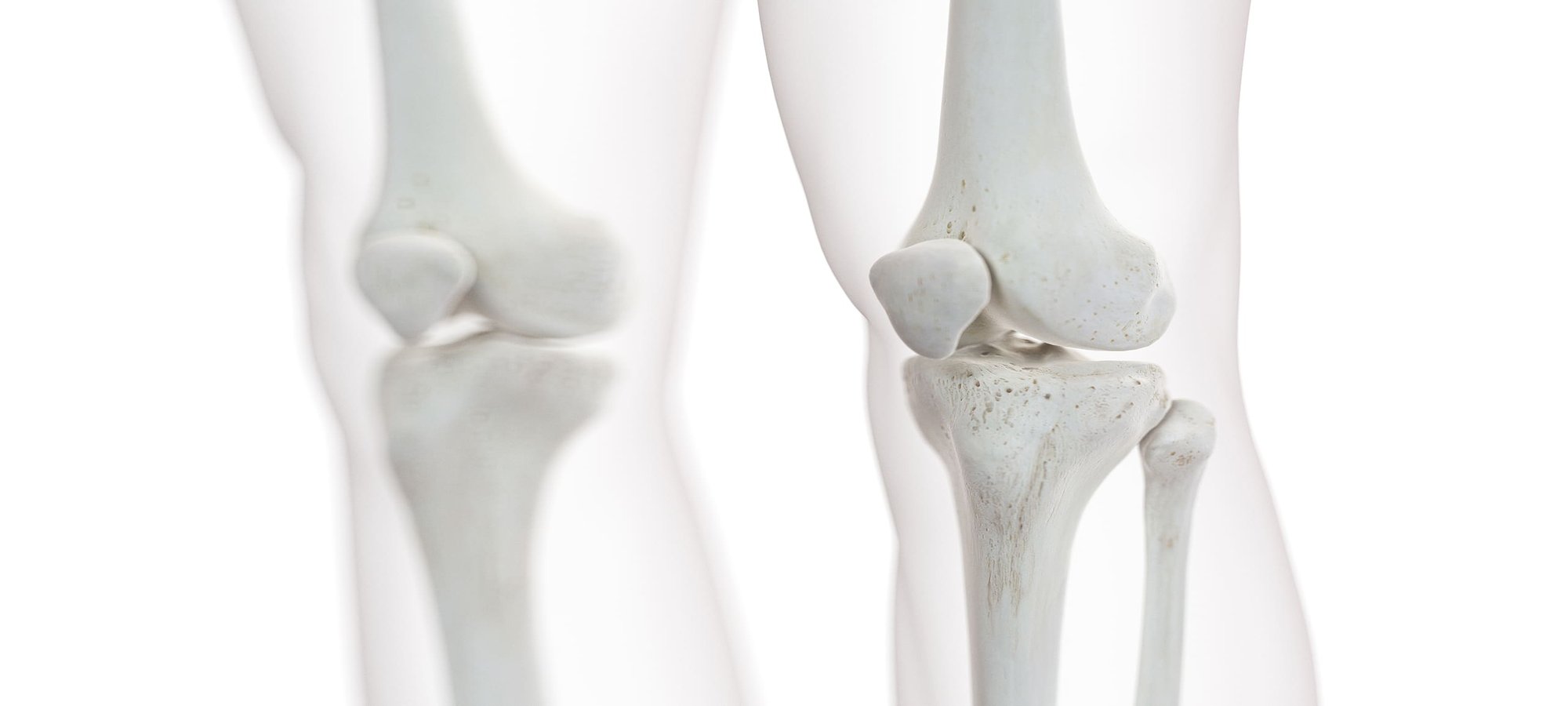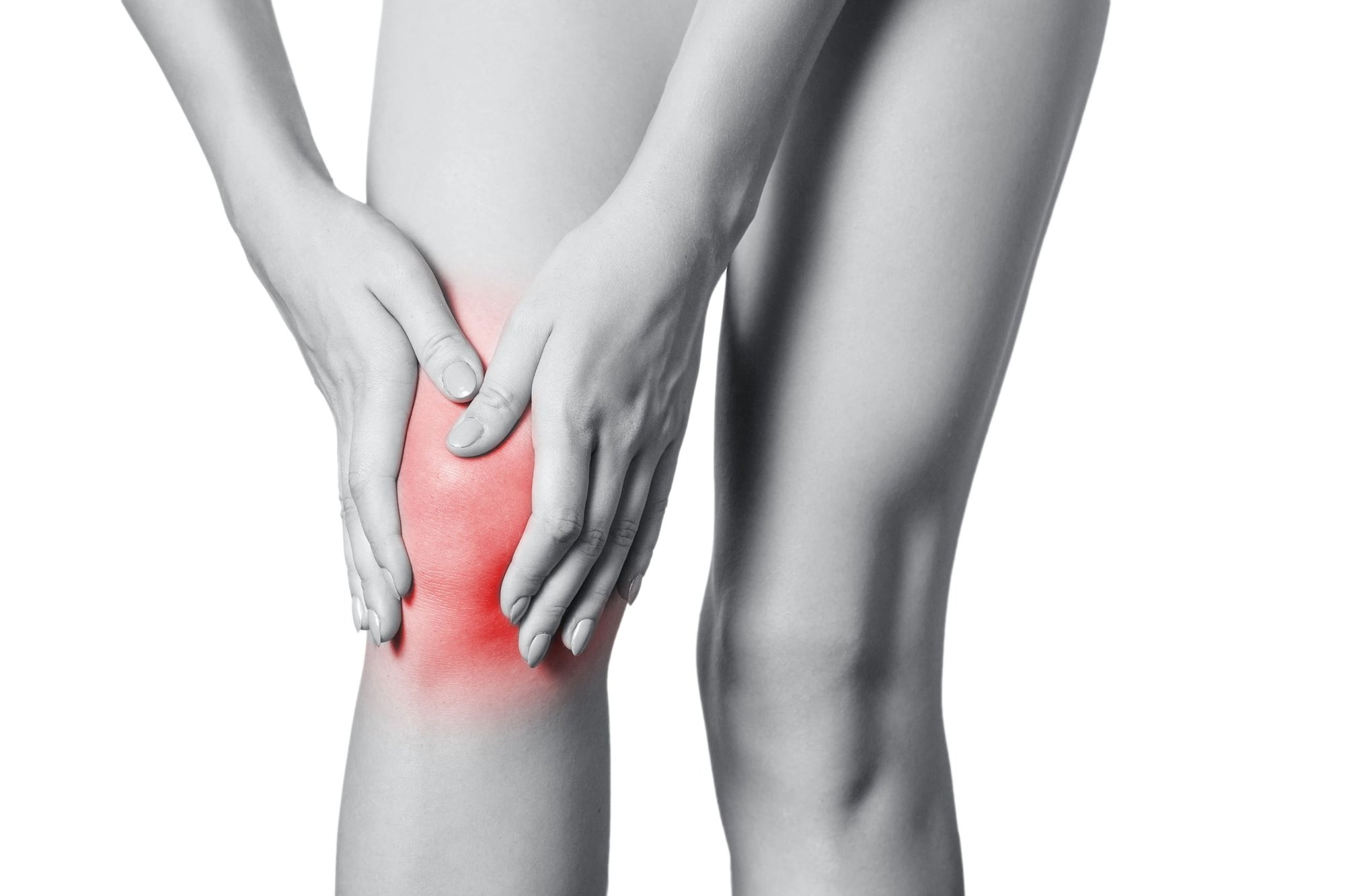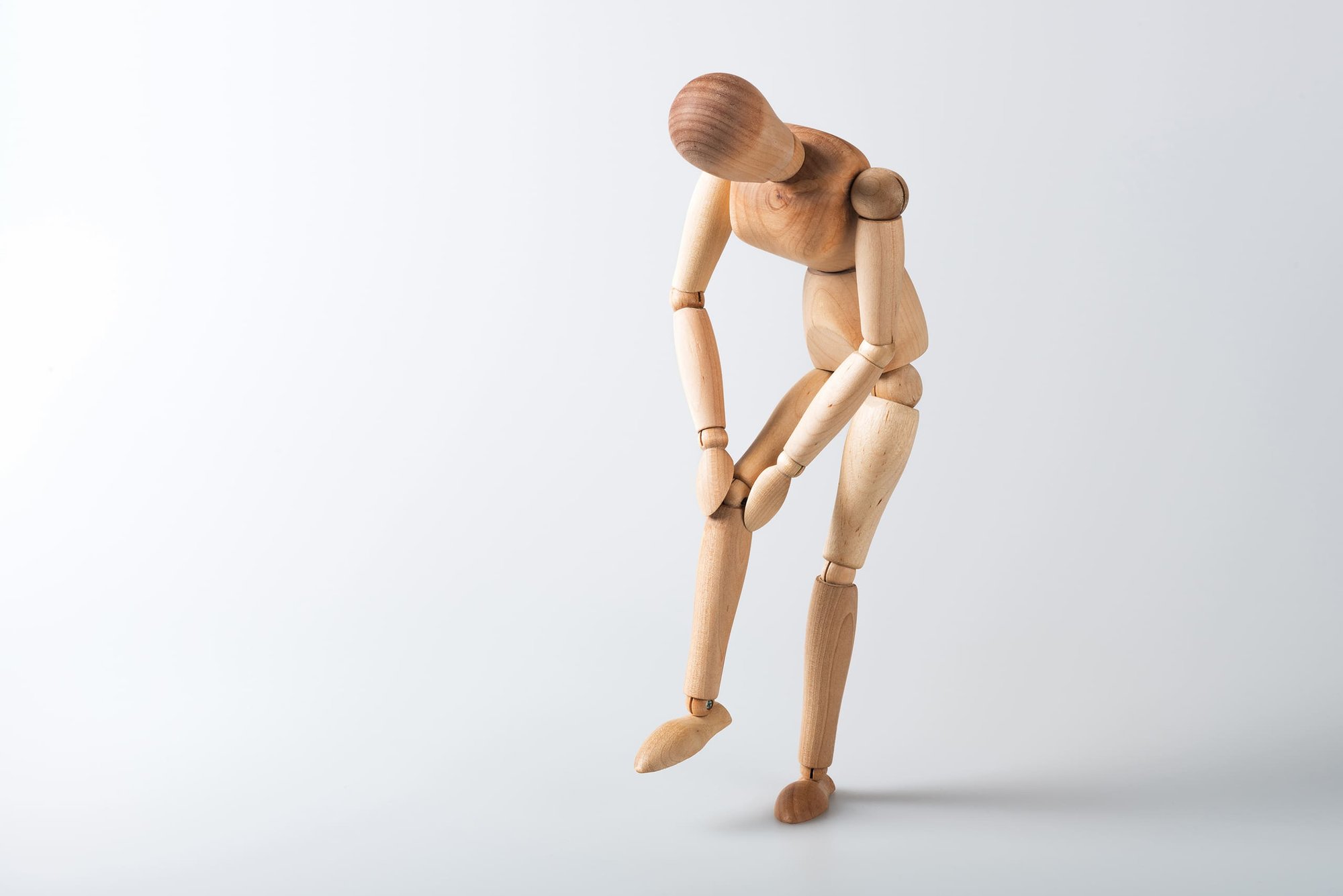Osteoarthritis of the Knee
Is characterized by gradual loss of articular cartilage, leading to pain, deformity, and impaired gait. Underlying causes include excess weight, fractures, or rheumatic diseases, among others. Deformities such as bow-legs can be successfully corrected in younger age. Mild forms of OA are treated with heel cushions, weight-loss, and an exercise program. Pain medication may be taken as needed. In more advanced stages, intra-articular treatments are available with hyaluronate or ACP, respectively.
End stage disease usually requires surgery. A variety of partial and total joint replacements are available to cater for different individual needs. Our experienced surgeons perform primary as well as revision surgeries to help you regain a good function with little or no pain.
Meniscal Tears
In the knee joint, two fibro-cartilaginous menisci serve as buffers between the femur and the tibia. These flexible structures adapt to the radius of the distal femur which decreases with increased flexion of the knee joint. Menisci tend to degenerate with advancing age, which may lead to different forms of tears, causing pain and loss of function. Hence, most meniscal tears are of non-traumatic origin. When suspecting such a tear, your doctor will order an MRI scan to clarify the condition. While minor tears can be treated conservatively, larger ones usually require arthroscopic surgery. We do perform these minimally invasive procedures on an outpatient basis. Normal function is regained within weeks in most cases.
Patello-Femoral Instability
May lead to dislocation of the patella. The majority of cases is due to one or more anatomic deviations such as cross-legs, dysplasia of the femoro-patellar joint, or overlength of the patella tendon. In these cases, the instability is of non-traumatic origin, and the first event tends to occur in the years following the onset of puberty.
Traumatic luxation of the patella, however, is also possible. After dislocation of the patella, surgery is frequently required to reconstruct damaged structures such as the medial patella-femoral ligament, or articular cartilage, and to prevent reluxation. Correction of the leg-axis or the insertion point of the patella tendon at the tibia may also be indicated.
Soft Tissue Disorders around the Knee
Patellar bursitis is characterized by soft tissue swelling in front of the knee-cap. It can be caused by mechanic overuse, or by bacteria entering the bursa. This can be managed by cooling, anti-inflammatory drugs, immobilization and, in the latter case, antibiotics. Should conservative treatment fail, the bursa is removed surgically.
In patellar tendinopathy (jumper´s knee) the origin of the tendons at either the upper, or the lower pole of the knee-cap are painful and irritated. Being a typical overuse problem in physically active patients, this condition is managed with anti-inflammatory drugs, rest, or extracorporal shock-wave therapy, among other options. Proximal tract syndrome (runner's knee) is caused by a mechanical conflict between the ileo-tibial tract, a fibrous structure spanning from the iliac crest to the tibial head, and the outer aspect of the lateral femoral condyle. Treatment options range from local or systemic drugs to physiotherapy, and correction of bow-legs by means of pronating insoles.
A popliteal cyst (Baker´s cyst) is characterized by excess joint fluid in the knee which in turn can have many different causes such as trauma, meniscal tears, osteoarthritis or rheumatoid arthritis. When the underlying cause is successfully addressed, the popliteal cyst often will vanish. Surgical removal of the cyst is very rarely required.
Trauma
Most fractures around the knee require immediate open reduction and internal fixation, sometimes with bone-grafting, to restore a good function of the joint. Conservative treatment is possible in some non-displaced, stable fractures of the tibial head, or undisplaced longitudinal fractures of the patella.
While an isolated tear of the medial collateral ligament can usually be managed with immobilization, ruptured cruciate ligaments will not heal spontaneously, and frequently have to be reconstructed surgically, typically using a tendon graft.


